Environmental Engineering Reference
In-Depth Information
A
B
(a)
(b)
D
(c)
C
(d)
Figure 3.23
Difficulties with the investigated mineral system: (a) composite image of the five
rock types including a mask selecting pixels belonging to MS. (b) Composite image overlaid with
pixels (in blue) having similar color characteristics to those falling under the MS mask. (c) Dry
run-of-mine ore. (d) Wet ROM ore. From Tessier
et al.
[26]
3.5.3.3 The Machine Vision Approach
The proposed machine vision approach is presented here using the framework
shown in Figure 3.4.
1.
Image pre-processing.
Visual features cannot be directly extracted from images
of rock mixtures (
e.g.
, Figure 3.23(c)) due to the color overlap between some
rock classes (Figure 3.23(a) and (b)). Furthermore, applying texture methods to
such an image would extract rock edge information and overall surface texture
of the rock blend which are not relevant informations for recognizing individ-
ual rock types. The full size images of rock mixtures are therefore subdivided
into smaller images which more likely belong to a single rock type. This can be
accomplished using the traditional image segmentation algorithms. This would
be particularly efficient when optical rock sizing is also desired. Alternatively,
the full size image can be divided using a rectangular grid of the certain mesh
size. This is a simpler method, but requires the subimages to be relatively small
in order to make sure that most of them contain information from a single rock
fragment. The latter approach was used here. The full size 1024
×
1376 images
were divided into 512 smaller subimages of 64
43 pixels, with a corresponding
field of view of 1.5 cm
2
. A similar approach was used in other mining vision
problems [85, 88].
×


























































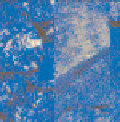
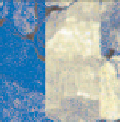





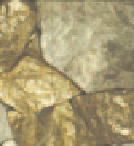


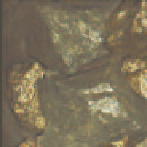
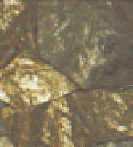









Search WWH ::

Custom Search